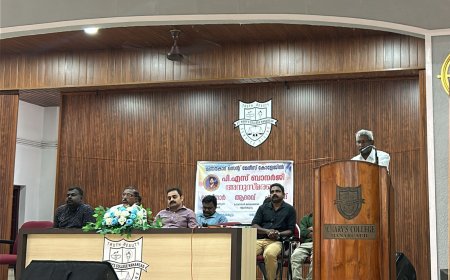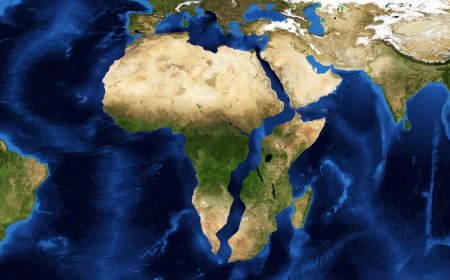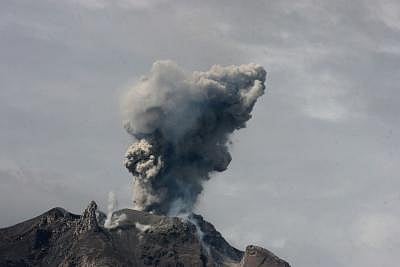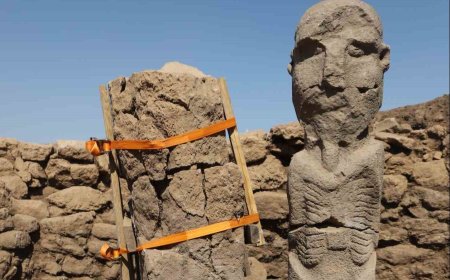Weather extremes become the norm

CLIMATE change has made weather extremities more intense, frequent and unpredictable, scientists say.
This pattern is especially pronounced in Asia, which, according to the World Meteorological Organization, is warming nearly twice as fast as the global average.
The region has lost $2 trillion (£1.5 trillion) to extreme weather – from floods to heatwaves and droughts – over the past three decades, according to the annual Climate Risk Index survey.
The recent flash floods in Uttarakhand are a case study.
More than 100 people are missing and at least four people have died after flash floods swept through the village of Dharali, in the north Indian state of Uttarakhand.
Flash floods in Uttarkashi, where Dharali is situated, were triggered by intense rainfall known as a “cloudburst”, which caused the Kheerganga river to swell around 1:30 pm local time (08:00 GMT) on Tuesday.
A cloudburst is an intense downpour that delivers a large volume of rain in a short time. It is often accompanied by thunder and hail and can cause flash floods.
At any given time, clouds blanket about 70 percent of the Earth’s surface. Cloudbursts are often associated with cumulonimbus clouds, which contain large amounts of water.
Uttarakhand is particularly vulnerable to climate change given the fragility of the Himalayan region.
In particular, it is exposed to excessive precipitation, cloudbursts, flood events and periods of very cold weather (cold waves), according to a study published in the International Journal of Disaster Risk Reduction.
That study found that districts in higher regions are more exposed to these effects because of their inability to adjust to weather-related and climate changes and because the ecosystems in these areas are more sensitive to such changes.
Experts say global warming will cause mountain temperatures to rise faster than the global average.
Catastrophic flooding that has historically affected Uttarakhand will become more common as rising temperatures lead to hastening glacier melting, such as the Gangotri glacier, which is closest to Dharali.
According to the United Nations Environment Programme, rising temperatures in the Himalayas will ultimately reduce the size of glaciers, resulting in a reduction in the long-term availability of water for agriculture, people and power systems.
It will also cause more solar energy absorption – accelerating the effects of global warming – because areas of glacial melting will be replaced by water or land, and the amount of light currently reflected by existing glaciers will decrease.
The BBC had reported that while torrential rains lash China, Pakistan and parts of India, sweltering heat has enveloped Japan and South Korea as extreme weather claims hundreds of lives in the region.

























































































